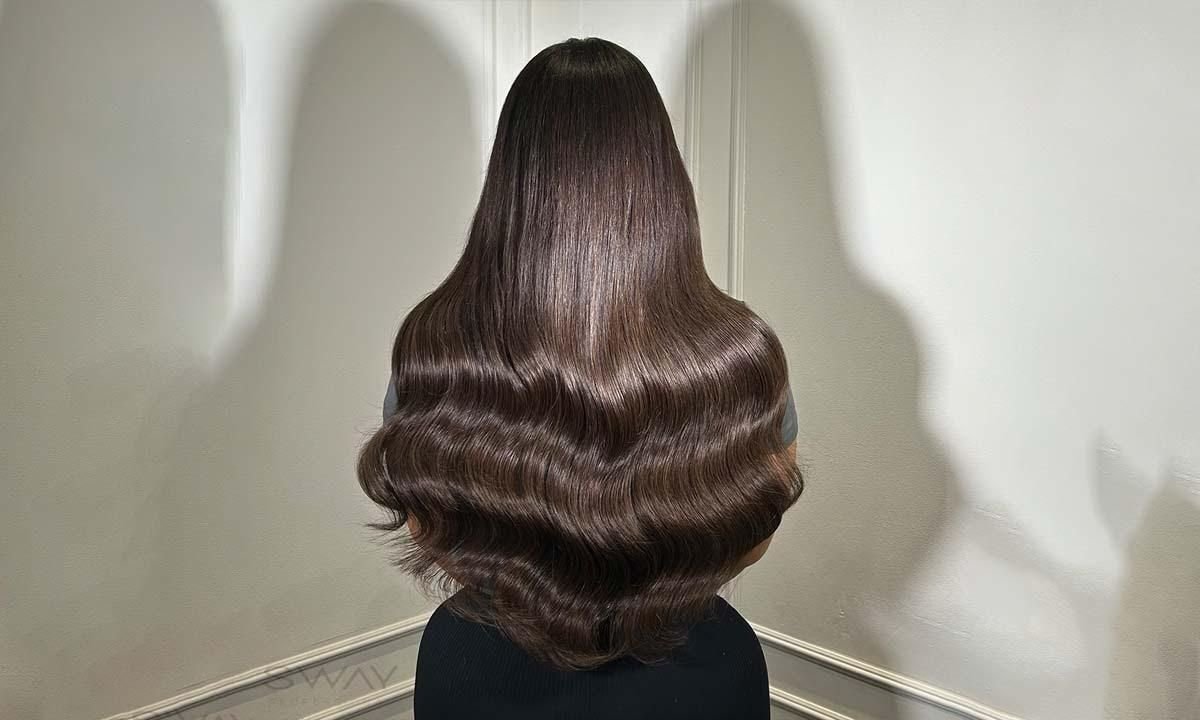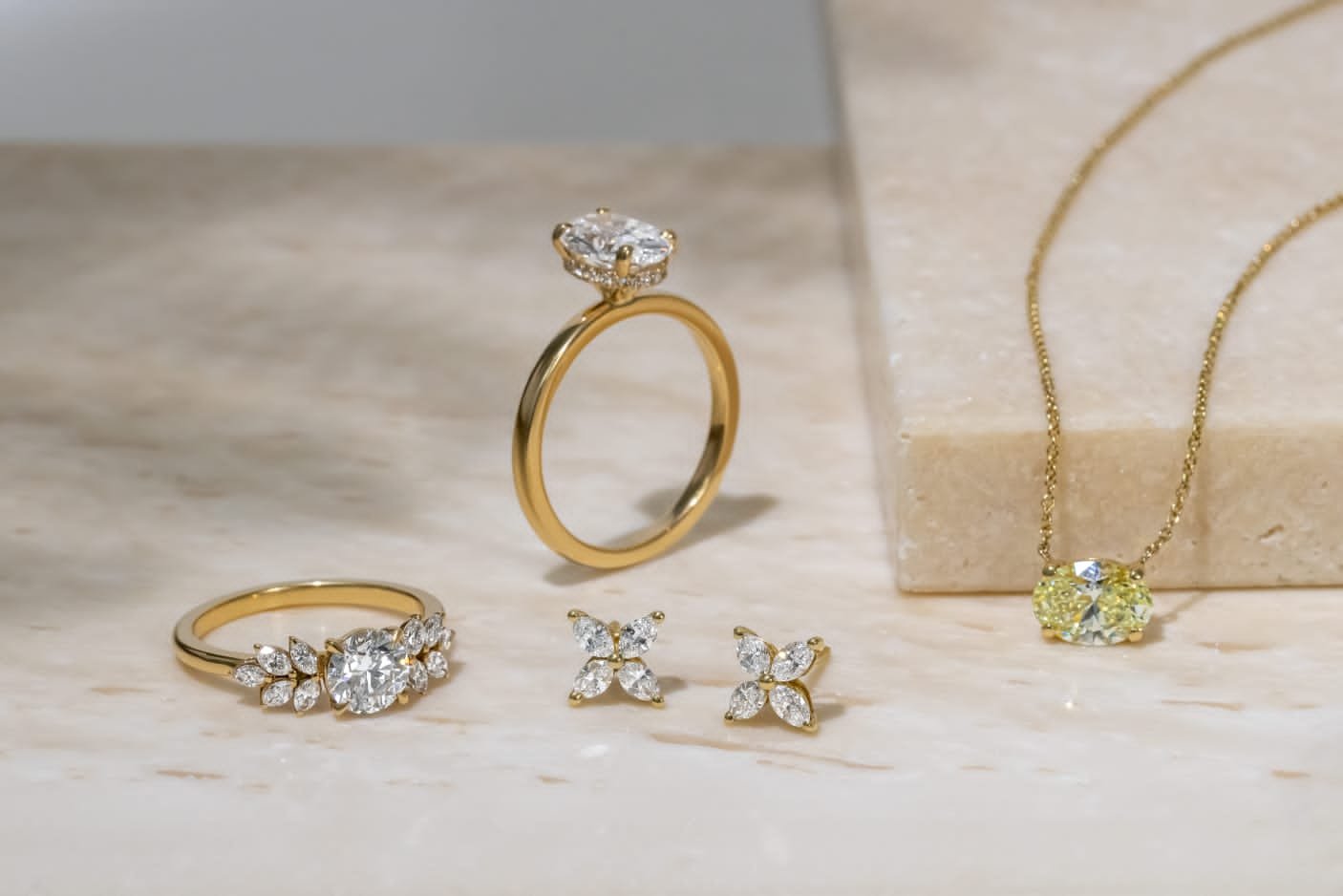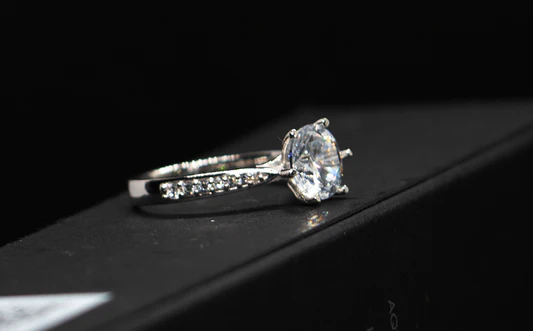Integrating hair extensions into your natural hair can be an excellent way to add volume, length, and stylish flair to your look. However, the key to seamless integration lies in matching the extensions with your natural colour accurately. Whether you’re using real hair extensions or synthetic ones, achieving the perfect blend can sometimes feel daunting. Fear not, because we’re here to guide you through the process step by step.
1. Understand Your Natural Hair Colour
The first step in achieving a flawless blend is to understand your natural hair colour. Your hair isn’t just one shade, but rather a combination of various tones and highlights. Take note of the primary colour, as well as any secondary hues and highlights. If you’re unsure, consider taking a photo of your hair in natural light and analysing the colours. Consulting a professional colourist can also provide valuable insight into the specific hues that make up your hair colour.
2. Use a Colour Ring
Hair extension retailers often provide colour rings or swatches, which can be an invaluable tool in selecting the perfect match. These rings contain samples of all the shades available, allowing you to physically compare these against your natural hair. If you’re purchasing extensions online, request a colour ring or try to match your hair as closely as possible to online swatches under natural light.
3. Blend Multiple Colours
Don’t be afraid to mix and match different shades of extensions. Real hair often comprises multiple colours, and using extensions that reflect this variety can create a more natural look. For instance, if your hair is a warm brown with subtle highlights, consider using a mix of brown and lighter extensions. This method creates depth and dimension, helping the extensions blend seamlessly with your natural hair.
4. Consider Professional Customisation
For those who find the colour-matching process challenging, consulting a professional can make a significant difference. A skilled colourist or hair extension specialist can customise the extensions to match your hair perfectly. This might include adding lowlights, highlights, or even dyeing the extensions. Professional customisation can be especially beneficial if your hair has a lot of variations or unique tones that are hard to match straight out of the package.
5. Check in Different Lighting
Lighting can dramatically affect how hair colours appear. Ensure that you’re matching your extensions to your natural hair in various lighting conditions, such as indoors, outdoors, and under artificial light. This approach helps to verify that the colours harmonise well regardless of the lighting situation. The goal is to achieve a match that looks natural in all environments.
6. Test a Small Section
Before committing to the full application of extensions, test a small section to see how well it blends. This trial run helps you identify if adjustments need to be made before the full integration. It’s easier to tweak a small portion rather than dealing with an entire set of extensions after they’ve been applied.
7. Maintain and Blend
Once you’ve successfully matched and applied the extensions, the final step is maintenance. Extensions need care just like your natural hair. Regular washing, conditioning, and styling are essential. When styling, use tools like curling irons or straighteners to blend the extensions with your natural hair seamlessly. Be gentle and avoid pulling or tugging, which can cause damage or uneven blending.
In conclusion, matching hair extensions to your natural colour for a perfect blend involves a thorough understanding of your hair’s various shades, using tools like colour rings, and perhaps seeking professional advice. Additionally, blending multiple shades and testing sections under different lighting conditions can help achieve a natural look. With careful attention to detail and ongoing maintenance, your extensions can enhance your hair beautifully and naturally.











